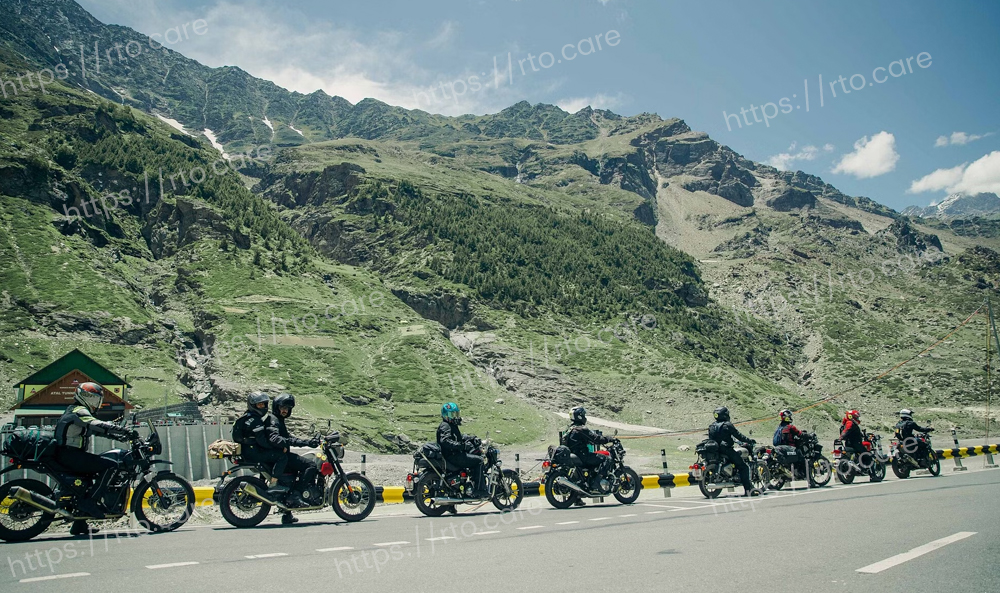There is scarcely anyone to comment if you are considering bringing a new automobile with recently tinted windows to India. Did you know that India forbids automobiles with tinted windows? You did really hear correctly! Although window tinting entails covering the vehicle's glass with a thin laminate film, there are many other reasons why individuals opt to tint their windows. These goals might be to provide security or privacy, shield the outside from Ultra Violate (UV) radiation, or reduce sun glare.
Of course, window tinting may be done for merely aesthetic reasons. However, it's crucial to ascertain whether your state or nation does permit it first. In addition to a number of other issues related to it, we shall address the reasons window tinting was outlawed in India in this blog.
When and why was it imposed?
The use of tints and sun films on automobile windows was outlawed in India by the Supreme Court in 2012. Following an excessive number of criminal accidents that occurred in moving automobiles, this restriction was implemented out of concern for the safety of the passengers. The Supreme Court ordered that the optical limit for light transmission for the rear and front windshields be set at 50% and the side windows of the cars at 70%.
Although some automakers did provide automobiles with factory-installed window tinting due to the hot environment, there were no other options that were acceptable.
It was acceptable to use colored glasses up until 2012. However, the prohibition was a blessing since India witnessed a sharp increase in the crime graph. I'm sure you're asking why. Well, a lot of rape and molestation crimes were being conducted in so-called "modified" cars with tinted windows.
In order to counter this, the Regional Transport Office (RTO) introduced a new regulation that forbade window tinting. Those who disobeyed the rules and nonetheless installed window films suffered severe consequences.
What rules are in place if there is a film?
According to a recent clarification of the Supreme Court's ruling, there are some restrictions on the use of any Visual Light Transmission (VLT) or black films on the windscreens or safety glasses of automobiles throughout India.
RULE 100
The rear window or windshield glass of a motor vehicle must be kept in a state where the VLT is at least 70%. According to Indian Standards, the film's visual transmission of light must not be less than 50% when applied to side windows.
Both the side windows and the safety glasses on the windshields are subject to this law. It is forbidden to use any kind of substance or film on the side windows or windscreen. You need to be aware of the VLT of safety glass without any additional film applied. The material must meet the production criteria if it is pasted.
High temperatures revive the solar films.
There is a significant demand for black-tinted glass and sun screens due to rising mercury levels each year. However, if your windows continue to transmit light visually, you are free to do so. Verify that the limited eyesight does not extend over the allowable limit at all times.
Why do the VVIPs get a break from the rule?
You must first be aware of a few things if you're asking why Very important persons (VIPs), politicians, and consulate cars all drive about wearing dark glasses. First off, the Supreme Court ruled that even while there are no particular regulations that forbid the use of tinting for security purposes, it is primarily the obligation of the police and Home Ministry to provide such an exception.
External Automotive window films may be used in circumstances where Z+ and Z level security categories have been given.










